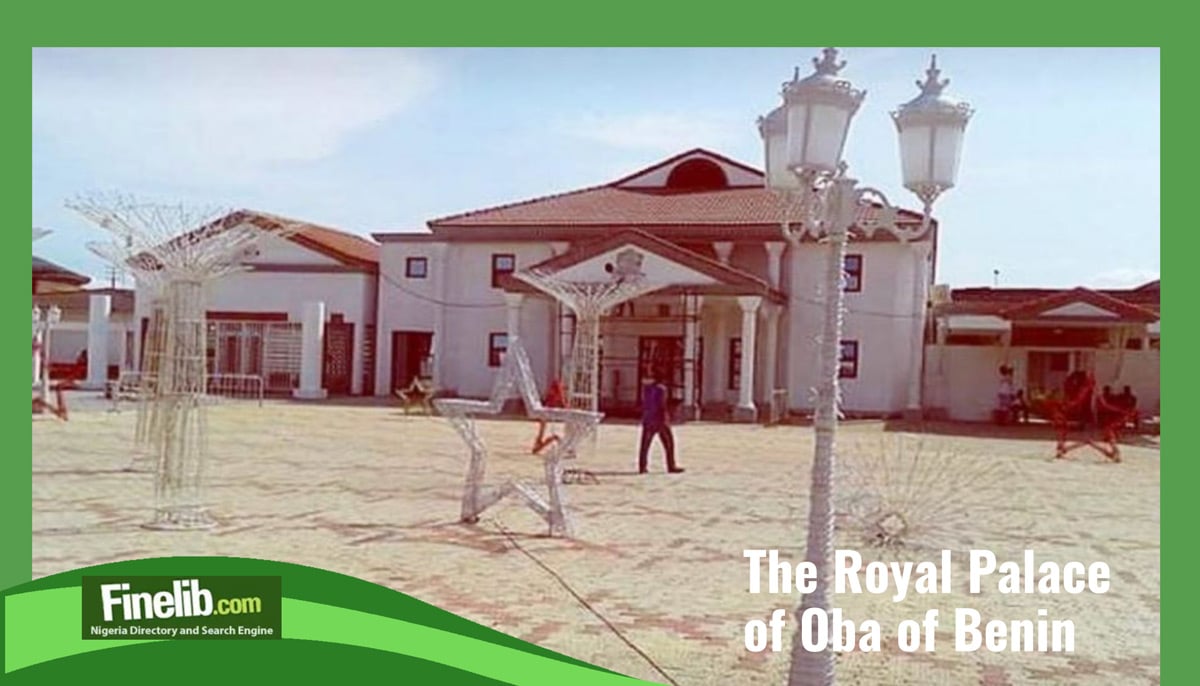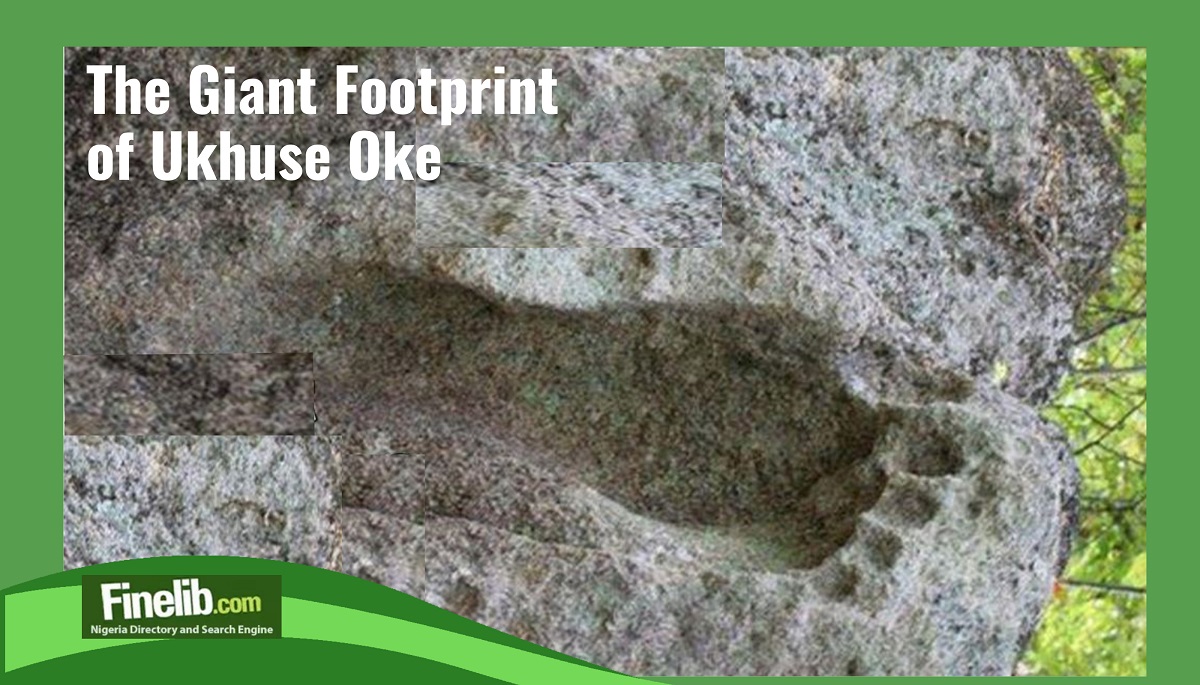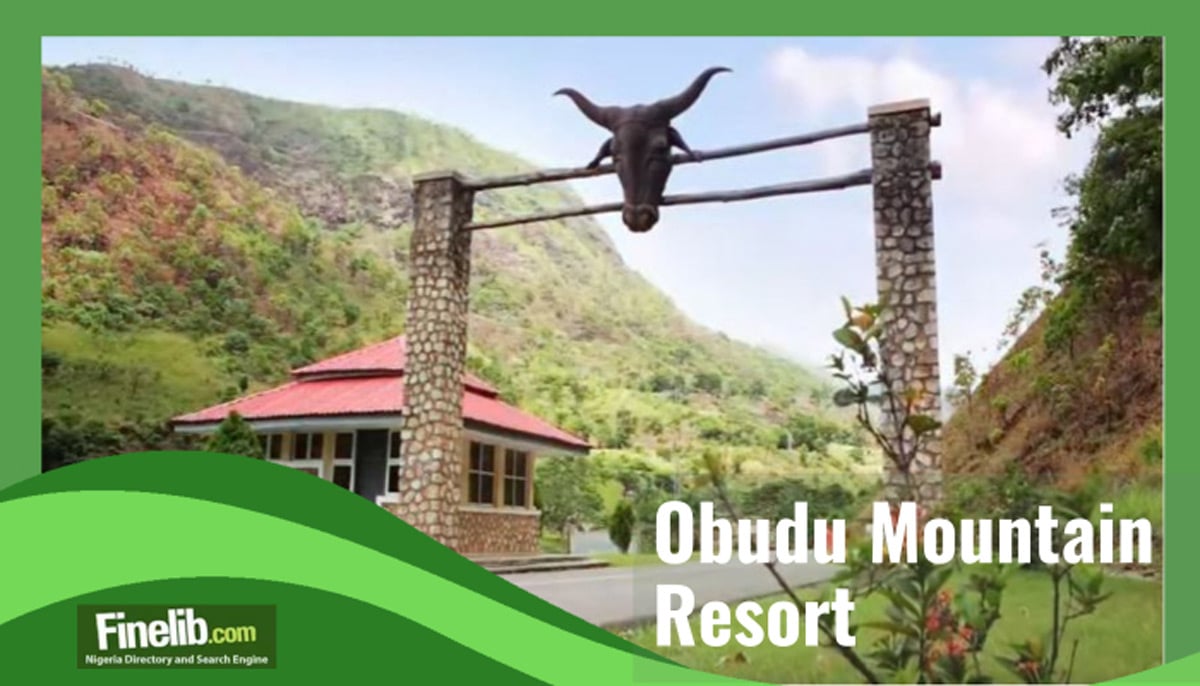The Royal Palace of Oba of Benin: A Celebration of Benin Culture

The Royal Palace of Oba of Benin stands as a testament to the rich history and culture of the Benin Kingdom. Located at the heart of the ancient City of Benin, this magnificent palace has been the residence of the Oba of Benin and other royals for centuries.
Its significance goes beyond being a mere home; it symbolizes power, tradition, and heritage. This article will explore the Royal Palace's historical importance and cultural treasures.
A Glorious Past
The Royal Palace's story begins with Oba Ewedo's construction during his reign from 1255 to 1280. This initial structure was the foundation for what would become an architectural marvel.
Following its devastation in the conflict with the British in 1897, Oba Eweka II rebuilt the present palace.
Despite its turbulent history, the palace has stood firm, representing the resilience and determination of the Benin Kingdom.
A UNESCO Listed Heritage Site
The Palace of the Oba of Benin was designated a UNESCO Listed Heritage Site in 1999 due to its significant historical and cultural value.
This prestigious designation highlights the importance of preserving and celebrating the unique heritage of the Benin Kingdom. The palace serves as a living museum, showcasing the Benin people's art, architecture, and traditions.
Architectural Marvels
The Royal Palace is a residence and a masterpiece of architectural innovation. Throughout its history, the palace has been at the forefront of architectural advancements in the region.
From Oba Esigie's introduction of a shingled roof in the 16th century to Oba Ovoranmwen's use of corrugated metal sheeting in the late 19th century, the palace has been a hub of creativity and ingenuity.
Even today, under the reign of Oba Ewuare II, the palace continues to evolve, with modern amenities such as air conditioning and electricity seamlessly integrated into its design.
Symbolism and Rank
Within the walls of the Royal Palace, symbolism plays a vital role in defining rank and status. Sumptuary laws dictate the architectural features that distinguish the monarch and privileged chiefs from others.
For instance, only the Oba and select chiefs can score their walls with horizontal grooving, known as eken again, which signifies their elevated position. This architectural detail is in the palace's current cement buildings and older earthen structures.
The Inner Sanctum
While much of the palace remains off-limits to the general public, the inner sanctum holds a wealth of historical and spiritual significance. It is here that the ancestral altars, dedicated to past monarchs, stand as a testament to the lineage and heritage of the Benin Kingdom.
These altars have beautiful cast metal heads, carved ivory tusks, brass figures, and other sacred objects. The palace walls are adorned with intricate patterns, fluting, and modeled clay tableaux, showcasing the artistic prowess of the Benin people.
Destruction and Rebuilding
The Royal Palace has faced numerous challenges, including accidental fires, succession disputes, and foreign invasions. These destructive events have often led to opportunities for innovation and rebuilding.
The palace has been rebuilt and renovated multiple times, with each reconstruction adding layers of history and cultural significance. The British invasion in 1897, in particular, caused significant damage to the palace, leading to the loss of many priceless artifacts.
However, subsequent efforts by the Benin Kingdom have ensured that the palace remains a symbol of resilience and cultural identity.
The Palace Today
In its present state, the Royal Palace of Oba of Benin continues to serve as a vibrant cultural center. It houses a sacred grove, a school for male pages, the Oba's secretary's office, a library, and the Benin Traditional Council's suite.
The palace's private quarters provide a glimpse into the daily life of the monarch and his wives. It is within these walls that important ceremonies, rituals, and meetings take place, keeping the traditions of the Benin Kingdom alive.
A Cultural Treasure
The Royal Palace of Oba of Benin is a cultural treasure, representing the Benin people's history, art, and traditions. Its UNESCO designation as a Listed Heritage Site underscores its global significance.
The Benin culture garners tremendous interest and amazement from those who visit the palace, such as curators, archaeologists, or historians. The castle serves as a testament to the importance of the Benin Kingdom and is a link between the past and present.
Preserving the Legacy
Preserving the Royal Palace of Oba of Benin is not just a responsibility of the Benin Kingdom but a shared duty for all who appreciate and value cultural heritage.
They are making a genuine and strenuous endeavor to shield and establish a secure environment for the palace. The objective is to ensure that future generations can acquire knowledge and derive motivation from significant historical and artistic elements.
By celebrating the Royal Palace and its significance, we honor the Benin Kingdom's legacy and contribute to preserving the world's cultural diversity.
In conclusion, the Royal Palace of Oba of Benin stands as a testament to the rich history and culture of the Benin Kingdom.
This place is noteworthy because of its beautiful buildings, historical value, and cultural significance. A visit to West Africa is essential to expand your understanding of the area. The palace's resilience in the face of adversity and its continuous evolution reflects the enduring spirit of the Benin people.
By preserving and celebrating the Royal Palace, we ensure that the legacy of the Benin Kingdom lives on for generations to come.




